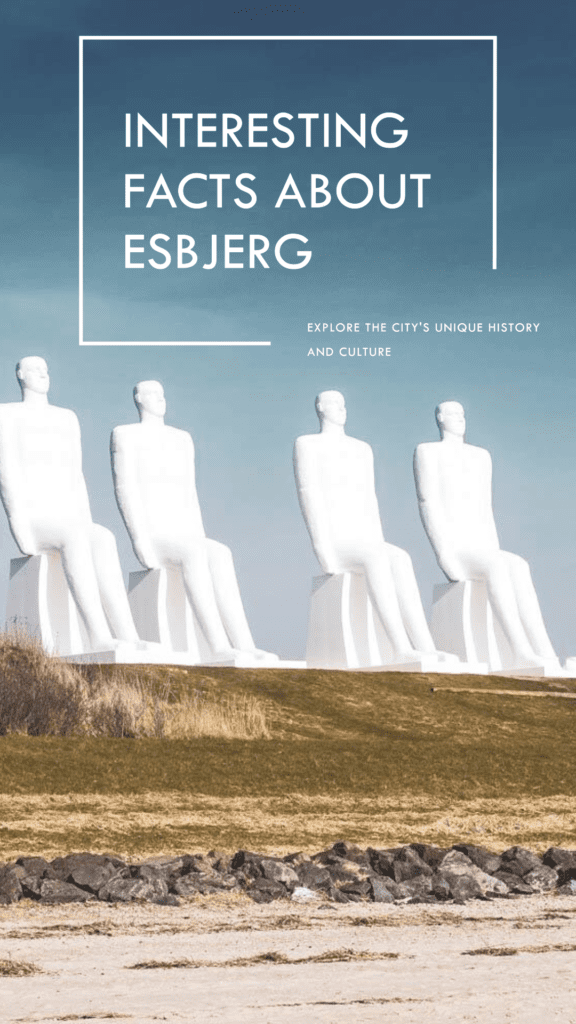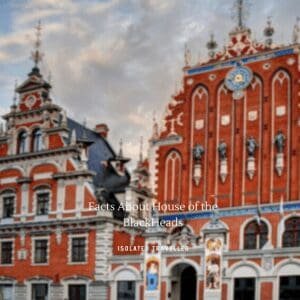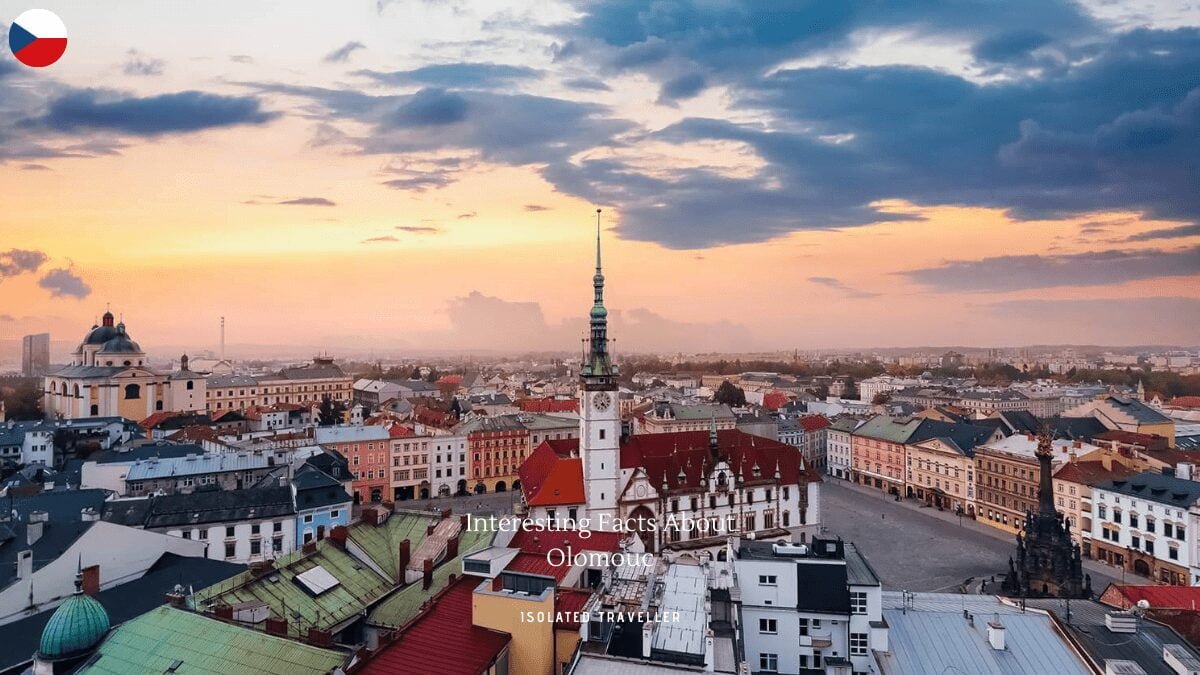Facts About Esbjerg
Esbjerg is a coastal city located on the western coast of the Jutland Peninsula in southwestern Denmark. Esbjerg is known for its significant port, which plays a crucial role in trade and commerce, especially in the wind energy sector.
Esbjerg City and Municipality
Esbjerg is the largest city in the region of South Jutland, Syddanmark, and the fifth largest city in Denmark and serves as an important transportation and cultural hub.
Esbjerg Municipality, located on the western coast of the Jutland Peninsula in southwest Denmark within the Region of Southern Denmark, is governed by Mayor Jesper Frost Rasmussen, who represents the Venstre (Center-Right Party).
On January 1, 2007, as a result of “The Municipal Reform” of 2007, the former Esbjerg municipality merged with Bramming and Ribe municipalities, along with a smaller portion of Helle municipality, to form the present-day Esbjerg municipality.
Esbjerg Municipality covers an area of 741 square kilometres, the municipality boasts a total population of 115,758 as of 2023.
Esbjerg founded in 1868
Esbjerg was established in 1868, following the Second Schleswig War in 1864 had significant economic repercussions for Denmark. The city of Altona, previously a major trading partner, was now under Prussian control, cutting off important trade routes for Danish agricultural products, with the primary objective of creating a new avenue for exporting Jutland’s agricultural products.
In 1870, only 460 people lived in Esbjerg. The city experienced rapid growth following the completion of its harbour in 1874, which was a crucial milestone in the city’s growth as it allowed ships to dock and load/unload goods more efficiently and officially received its charter in 1899.
Esbjerg’s strategic location and the development of its harbour played a pivotal role in transforming it into a thriving port city, facilitating trade, commerce, and the export of agricultural products from the region. Today, Esbjerg remains a key port and economic centre in Denmark.
Esbjerg Exporter of Wind Turbines

Esbjerg has become a significant exporter of wind turbines and plays a crucial role in the global wind energy industry.
Esbjerg hosts several wind turbine manufacturing and assembly facilities. These facilities produce components for wind turbines, including blades, nacelles, towers, and other critical parts.
Wind turbine components produced in Esbjerg are exported to various global markets, including Europe and beyond. These components are used in the construction and operation of offshore and onshore wind farms worldwide.
Esbjerg’s role in wind turbine manufacturing and export aligns with Denmark’s commitment to renewable energy and its transition away from fossil fuels. Wind energy is a key component of Denmark’s renewable energy strategy. Seventy-five per cent of all Danish-produced wind turbines are shipped through the Port of Esbjerg.1
Denmark’s City of the Year
The city has earned the title of “City of the Year” on two occasions.
- The first recognition came in 1997, attributed to the exemplary collaboration between public and private enterprises within the city.
- In 2006, Esbjerg once again received the prestigious title of “City of the Year,” this time in recognition of its dedication to nurturing and supporting young talents.
Esbjerg Port and Maritime Industry
Esbjerg’s port is one of the largest and most strategically located ports on the west coast of Denmark. The port is a crucial hub for various maritime activities, including shipping, logistics, offshore energy, and fishing.
Esbjerg’s port has evolved from Denmark’s largest fishing port in the 1960s to the leading embarkation and service port for offshore installations in the North Sea.
Esbjerg Port has undergone significant expansion and modernization efforts to accommodate larger vessels and improve its infrastructure. These developments have enhanced its capacity and competitiveness in the maritime industry.
Esbjerg Port and the maritime industry in Esbjerg are pivotal to the city’s economic vitality and Denmark’s broader maritime activities. Their strategic location, diverse capabilities, and ongoing developments position Esbjerg as a key player in the maritime sector.
Esbjerg Festivals and Cultural Events
The city hosts various music festivals and cultural events throughout the year, including the Esbjerg International Chamber Music Festival and the Esbjerg.
The Esbjerg Maritime Festival stands as one of the largest and most prominent events in Esbjerg, dedicated to honouring the city’s deep-rooted maritime legacy. This festive occasion traditionally brings together a vast array of historic vessels, captivating boat races, maritime-inspired entertainment, and a delectable showcase of seafood delicacies.
Esbjerg Christmas Market, known as “Esbjerg Julemarked,” magically ushers in the holiday season, turning the city into a charming winter wonderland. Esbjerg transforms into a festive wonderland with its Christmas market.
The Esbjerg Street Festival, also known as “Esbjerg Gade Festival,” infuses vibrant energy into the city’s streets, captivating residents and visitors alike with its street performers, delectable food stalls, captivating art exhibitions, and a wealth of interactive activities suitable for all age groups.
You can find other festivals and cultural events in Esbjerg 2
SDU Esbjerg University

Esbjerg proudly hosts the University of Southern Denmark, boasting a campus right within the city limits. This esteemed institution provides a wide array of academic programs, enhancing the city’s educational landscape and fostering a dynamic research environment.
The campus is an integral part of the university and contributes to the educational and research activities of SDU. It offers a variety of academic programs and is an important educational institution in the city, catering to students pursuing higher education in various fields of study.3
Esbjerg’s Sister Cities: Building Global Connections
Esbjerg has several sister cities and twinning arrangements with cities from around the world. Twinning or sister city relationships are established to promote cultural exchange, cooperation, and friendship between cities.
Esbjerg engages in municipal-level twinning partnerships. Esbjerg is twinned with:4
- Ely, England, United Kingdom
- Eskilstuna, Sweden
- Fjarðabyggð, Iceland
- Güstrow, Germany
- Jyväskylä, Finland
- Krems an der Donau, Austria
- Qeqqata, Greenland
- Ratzeburg, Germany
- Stavanger, Norway
- Suzhou, China
- Szczecin, Poland
- Tórshavn, Faroe Islands
Esbjerg Sporting Teams
Esbjerg, Denmark, is home to a variety of sports teams
Esbjerg fB (Esbjerg Football Club) is a professional soccer club headquartered in Esbjerg, Denmark. This team actively participates in the Danish football league system and boasts a dedicated fan base within the city. Esbjerg fB was founded in 1924, having secured the Danish Championship title on five occasions in 1961, 1962, 1963, 1965, and 1979. The home matches of Esbjerg fB are held at the Blue Water Arena.
Esbjerg Energy is a professional ice hockey team representing the city. They participate in the top-tier Danish ice hockey league and have enjoyed success in national competitions.
Team Esbjerg is a women’s handball club competing in the Danish Women’s Handball League. The team has achieved success in both domestic and international competitions.
Team Esbjerg is a prominent handball club based in Esbjerg, Denmark. This club is renowned for its achievements in women’s handball, consistently competing at a high level in the Danish Women’s Handball League and other prestigious tournaments.
sports teams contribute to the city’s vibrant sporting culture, providing opportunities for residents and visitors to engage in and enjoy a wide range of athletic activities.
Esbjerg Demographics and administration
Esbjerg had a population of around 115,000 people. Denmark has an ageing population. Esbjerg, being part of Denmark, likely reflects this trend, with a significant portion of its population belonging to older age groups.
Esbjerg is governed by its local municipal council, known as Esbjerg Kommune. The municipal council is responsible for local administration, including services like education, healthcare, transportation, and cultural initiatives.
Esbjerg Municipality was formed through the merger of the old Esbjerg Municipality, Bramming Municipality, Ribe Municipality, and a part of Helle Municipality as a result of the 2007 municipal reform in Denmark. This restructuring aimed to create larger, more efficient municipalities.








